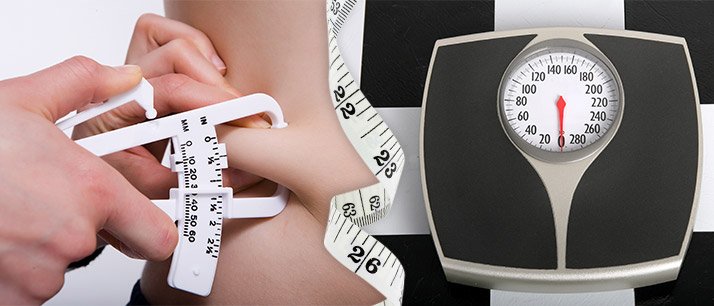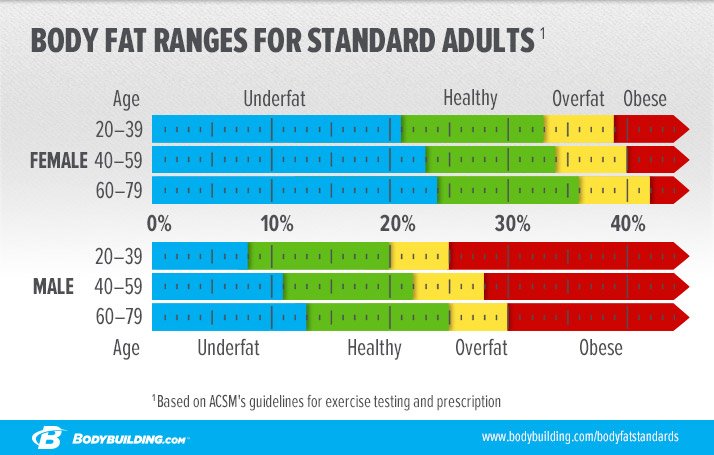Stuck on the yo-yo diet train or can't seem to drop the 30 pounds your doctor recommended? Here's the right information for the best results.
The question "How do I lose weight?" gets typed into Google 110,000 or so times per month. The answers that pop up are usually ridiculous "tips" that don't actually explain what a person needs to do in order lose weight and keep it off.
The truth is that sustainable weight loss occurs by making healthy alterations to your diet, eating fewer overall calories, and exercising at least 60 minutes 3-4 days per week.
How To Lose Weight:
- Know how many calories your body needs.
- Follow a balanced nutrition plan and track your calorie intake.
- Exercise at least 60 minutes, 3-4 days per week and lift weights.
- Perform high intensity interval training 3 days per week.
- Aim for a 1 to 2 pound weight loss each week.
The trouble, however, is that most of us don't like to make changes to a lifestyle we're comfortable living. So eating less and moving more becomes a fierce battle. The couch and a bag of chips win far, far more often than they should. You can argue and struggle as much as you like, but the only scientifically proven way to lose weight and keep it off is through diet and exercise.

Some of you may be saying, "Well, no duh, but diets and exercise take way more time and effort than I'm willing to give. I don't want to eat salad and do P90X for the rest of my life." We completely understand and absolutely agree. Now, don't get us wrong: losing weight does take effort, but it often doesn't take so much effort that you need to ditch your favorite activities or foods.
Here's the basic, worthwhile information you need in order to lose weight and keep it off.
FAT MASS AND FAT-FREE MASS
One reason the answer to "How to lose weight?" is so messy is because it's actually the wrong question. You can break down your body weight into two main categories: fat mass and fat-free mass. Your fat-free mass includes your muscles, organs, bones, and connective tissue. In other words, your fat-free mass is what would be left if you removed every single fat cell from your body.
Muscle mass is a major component of your fat-free mass, and it should weigh more than your fat mass. Furthermore, muscle mass has a huge impact on your metabolic rate; namely, the more muscle mass you have, the more calories you burn at rest. Muscle also helps to support your joints, helping to improve balance and reduce the risk of injury.

Your fat mass is just that: fat. Now, your body needs fat. There is an essential amount that each body needs in order to maintain its natural functions. That amount will vary between body type, age, sex, physical activity level, and fitness goal. For the general population, the levels accepted as healthy are between 21-32 percent for women and 8-19 percent for men.1 Higher levels of fat can lead to weight-related health risks such as type 2 diabetes, certain types of cancer, and cardiovascular disease.
All of this information boils down to one point: Losing weight in a healthy way means losing fat.
DIETING 101

In order to lose fat, you're going to have to change what you put into your body. Your body needs food to carry out its functions so you can stay alive. But people are really good at eating more food than they need, so the excess gets stored as fat. It doesn't really matter whether those extra calories come from cake, protein shakes, or spaghetti; if you eat more than what your body can use, it gets stored.
Dieting is the most difficult part of the fat-loss process for most people. It's estimated that 45 million Americans go on a diet each year.2 Given the current rates of obesity in this country, we can clearly see the success rate is low.
So, we want you to let go of the word "diet." Not only does that word have a negative connotation, but it also usually means you're doing it for a short period of time.
Instead, think of the food you put into your body as your nutrition, which is an essential part of a healthy lifestyle. Every person has a different palate, a unique attitude toward food, and various likes and dislikes. That means you need to find a nutrition plan that works best for you.
Your nutrition plan should be based upon how many calories you need each day to fuel your body. Because we know that fat loss occurs when you spend more calories than you take in, it's smart to know how many calories you're eating and using each day.
Your basal metabolic rate (BMR) is how many calories you'd need to maintain weight if you did nothing all day. Your BMR can be altered by your lifestyle. This handy-dandy total daily energy expenditure (TDEE) calculator, which is based on the Mifflin-St. Jeor equation, will take your BMR and factor in additional calories based upon your activity level, age, and gender.



0 comments:
Post a Comment